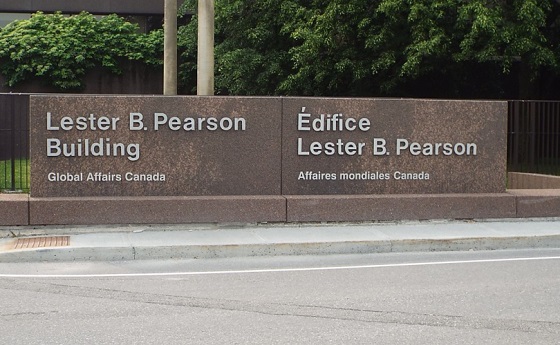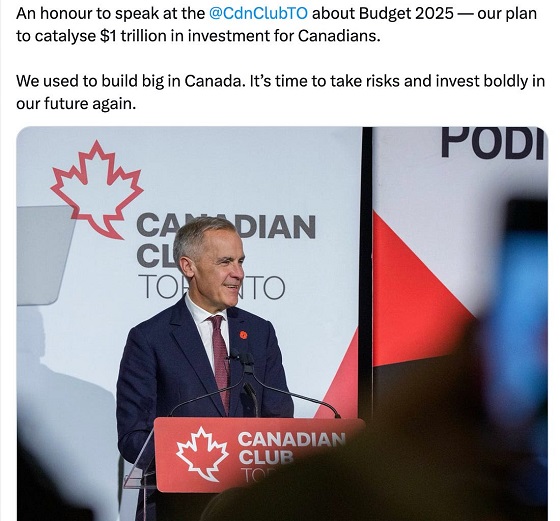Business
Carney government plans to spend millions convincing young Canadians about ‘climate emergency’

From the Fraser Institute
By Matthew Lau
$396,213 will go towards an organization that will create “Indigenous-led environmental literacy material to support kindergarten to Grade 12 teachers in Six Nations and Hamilton schools to ground youth environmental literacy in Haudenosaunee cultural perspectives.” According to that organization’s blog, “climate resilience” demands that we should be “rejecting capitalism and heteronormativity” and “environmental racism.”
In a recent announcement, the Carney government detailed more than $14.4 million in new spending for 17 projects to “empower young Canadians to address climate change.” The $14.4 million is just the latest round of funding out of a planned $206 million over five years. The purpose of the “Climate Action and Awareness Fund,” as the government calls it, is essentially to increase public concern about climate change.
To justify this $14.4 million in spending, Liberal MP Taleeb Noormohamed said “At this critical juncture, when our planet is facing a climate emergency, environmental literacy for young people is essential.”
Ironically, if the goal is to improve environmental literacy, one of the first things the government should do is stop saying “climate emergency”—a wholly inaccurate phrase meant to increase alarm. The evidence simply does not support claims of a climate emergency. Indeed, relative to a hypothetical planet without climate change, even worst-case scenarios suggest climate change would likely only reduce global per-person GDP (an indicator of living standards) by something like 16.5 per cent by 2200.
To be sure, 16.5 per cent of GDP is significant. But just a 16.5 per cent cut to incomes today would still leave us far better off than people who lived 175 years ago. A 16.5 per cent cut to the incomes of people living 175 years from now would almost certainly still leave them considerably better off than we are today. That’s no emergency.
Descriptions of the 17 projects further erode claims about an emergency. One project set to receive $939,592 in taxpayer money “will provide environmental knowledge, service-learning, and leadership opportunities for young Canadians, particularly Indigenous, BPOC, 2SLGBTQ+ youth and other underserved communities. This project will engage youth in community-based actions linked to the major environmental crises and provide training for educators to best integrate environmental education into their teaching.”
Imagine a real emergency for which you dial 9-1-1—say, an apartment building consumed in fire. You simply want the firetruck to arrive and firefighters to extinguish the fire as quickly as possible. You do not care if the firefighters are Indigenous, Black or from a sexual minority. Similarly, if climate change was really an emergency, government would direct all the resources towards whoever and whatever could mitigate it most effectively, as opposed to distributing resources according to racial or other diversity targets.
Other taxpayer-funded projects include $782,922 to help children and youth in northwestern Ontario and eastern Manitoba “become climate leaders in their communities.” And $342,524 to give young people, particularly in Alberta, “perspectives to help them overcome current environmental challenges and participate in eco-advocacy.”
Another $396,213 will go towards an organization that will create “Indigenous-led environmental literacy material to support kindergarten to Grade 12 teachers in Six Nations and Hamilton schools to ground youth environmental literacy in Haudenosaunee cultural perspectives.” According to that organization’s blog, “climate resilience” demands that we should be “rejecting capitalism and heteronormativity” and “environmental racism.”
Based on the project descriptions and organizations receiving the taxpayer money, a reasonable person might deduce that at least a significant chunk of the $14.4 million in the latest funding round—and the total $206 million over five years—will pay for politically charged activism targeting young people, not actual educational initiatives. This spending should be cancelled. The last thing taxpayers need is more Greta Thunbergs and higher taxes.
Business
Liberal’s green spending putting Canada on a road to ruin
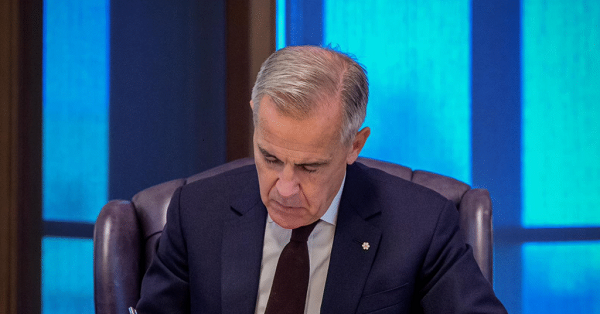
Once upon a time, Canadians were known for our prudence and good sense to such an extent that even our Liberal Party wore the mantle of fiscal responsibility.
Whatever else you might want to say about the party in the era of Jean Chrétien and Paul Martin, it recognized the country’s dire financial situation — back when The Wall Street Journal was referring to Canada as “an honorary member of the Third World” — as a national crisis.
And we (remember, I proudly served as Member of Parliament in that party for 18 years) made many hard decisions with an eye towards cutting spending, paying down the debt, and getting the country back on its feet.
Thankfully we succeeded.
Unfortunately, since then the party has been hijacked by a group of reckless leftwing fanatics — Justin Trudeau and his lackeys — who have spent the past several years feeding what we built into the woodchipper.
Mark Carney’s finally released budget is the perfect illustration of that.
The budget is a 400 page monument to deficit delusion that raises spending to $644.4 billion over five years — including $141.4 billion in new spending — while revenues limp to $583.3 billion, yielding a record (non-pandemic) $78.3 billion shortfall, an increase of 116% from last year.
This isn’t policy; it’s plunder. Interest payments alone devour $55.6 billion this year, projected to hit $76.1 billion by 2029-30 — more than the entire defence budget and rising faster than healthcare transfers.
We can’t discount the possibility that this will lead to a downgrade of our credit rating, which will significantly increase the cost of borrowing and of doing business more generally.
Numbers this big start to feel very abstract. But think of it this way: that is your money they’re spending. Ottawa’s wealth is made up entirely of our tax dollars. We’ve entrusted that money to them with the understanding that they will use it responsibly. In the decade these Liberals have been in power, they have betrayed that trust.
They’ve pursued policies which have made life in Canada increasingly unaffordable. For example, at the time of writing it takes 141 Canadian pennies (up from 139 a few days ago) to buy one U.S. dollar, in which all of our commodities are priced. Well, that’s .25 cents per litre of gasoline. Imagine what that’s going to do to the price of heating, of groceries, of the various other commodities which we consume.
And this budget demonstrates that the Carney era will be more of the same.
Of course, the Elbows Up crowd are saying the opposite — that this shows how fiscally responsible Mark Carney is, unlike his predecessor. (Never mind that they also publicly supported everything that Trudeau did when he was in government.) They claim that Carney shows that he’s more open to oil and gas than Trudeau was.
Don’t believe it.
The oil and gas sector does get a half-hearted nod in the budget with, for instance, a conditional pathway to repeal the emissions cap. But those conditions are important. Repeal is tied to the effectiveness of Carney’s beloved industrial carbon tax. If that newly super-charged carbon tax, which continues to make our lives more expensive, leads to government-set emissions reductions benchmarks being met, then Ottawa might — might — scrap the emissions.
Meanwhile, the budget doubles down on the Trudeau government’s methane emissions regulations. It merely loosens the provisions of the outrageous Bill C-59, an act which should have been scrapped in its entirety. And it leaves in place the Trudeaupian “green” super structure, which has resource sector investment, and any business that can manage it, fleeing to the U.S.
In these perilous times, with Canada teetering on the brink of recession, a responsible government would be cutting spending and getting out of the way of our most productive sectors, especially oil and gas — the backbone of our economy.
It would be repealing the BC tanker ban and Bill C-69, the “no more pipelines act,” so that our natural resources could better generate revenue on the international market and bring down energy rates at home.
It would quit wasting millions on Electric Vehicle charging stations; mandating that all Canadians buy EVs, even with their elevated cost; and pressuring automakers to manufacture Electric Vehicles, regardless of demand, and even as they keep closing up shop and heading south.
But in this budget the Liberals are going the opposite direction. Spend more. Tax more. Leave the basic Net-Zero framework in place. Rearrange the deck chairs on the Titanic.
They’re gambling tomorrow’s prosperity on yesterday’s green dogma, And every grocery run, every gas fill-up, every mortgage payment will serve as a daily reminder that we are the ones footing the bill.
Once upon a time, the Liberals knew better. We made the hard decisions and got the country back on its feet. Nowadays, not so much.
Business
Carney doubles down on NET ZERO

If you only listened to the mainstream media, you would think Justin Trudeau’s carbon tax is long gone. But the Liberal government’s latest budget actually doubled down on the industrial carbon tax.
While the consumer carbon tax may be paused, the industrial carbon tax punishes industry for “emitting” pollution. It’s only a matter of time before companies either pass the cost of the carbon tax to consumers or move to a country without a carbon tax.
Dan McTeague explains how Prime Minister Carney is doubling down on net zero scams.
-

 Business2 days ago
Business2 days agoWill Paramount turn the tide of legacy media and entertainment?
-

 Alberta2 days ago
Alberta2 days agoFederal budget: It’s not easy being green
-

 Health17 hours ago
Health17 hours agoLack of adequate health care pushing Canadians toward assisted suicide
-
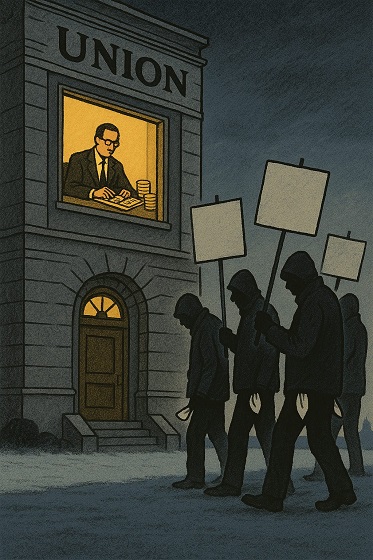
 Alberta9 hours ago
Alberta9 hours agoATA Collect $72 Million in Dues But Couldn’t Pay Striking Teachers a Dime
-
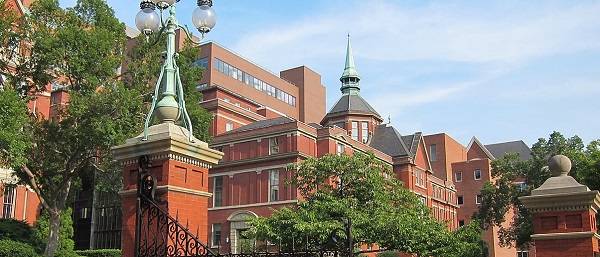
 Education2 days ago
Education2 days agoJohns Hopkins University Announces Free Tuition For Most Students
-

 Energy2 days ago
Energy2 days agoA picture is worth a thousand spreadsheets
-
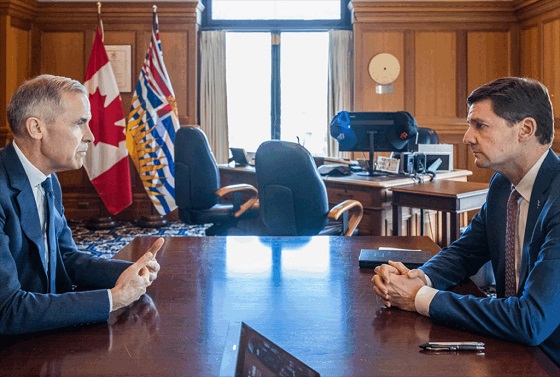
 Energy1 day ago
Energy1 day agoIt should not take a crisis for Canada to develop the resources that make people and communities thrive.
-
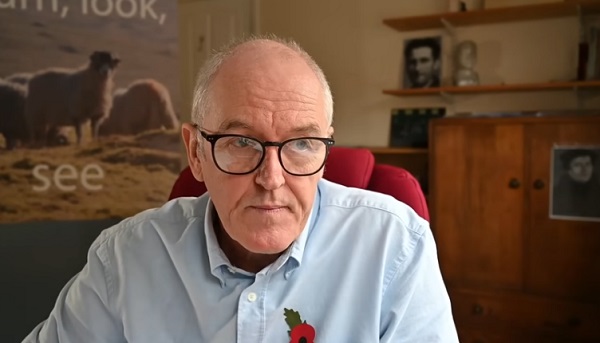
 Dr John Campbell1 day ago
Dr John Campbell1 day agoCures for Cancer? A new study shows incredible results from cheap generic drug Fenbendazole








